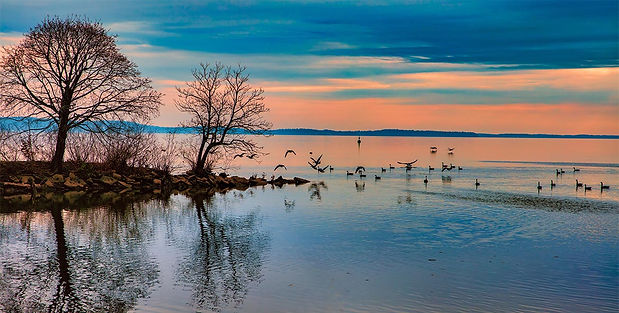Sydney Amelia West

Impacts of Community Ecological Knowledge on The Chesapeake Bay
Anthropology Theory and History
Within research encompassing the Chesapeake Bay, it is important to understand that all societies and cultures are unique and have different ways of thinking about the world around them. People sometimes identify with the nature that they are surrounded by, but sometimes they distance themselves and only see the natural world as a resource for human consumption. This is true for individuals and groups within the Chesapeake Watershed because, if people do not believe that they are directly affecting the decrease in Bay health, they will be less likely to stop their detrimental habits.
The ways in which people interact with their environments, specifically based on cultural norms, impact their relationships with nature and the people within their communities. Humans need water to live, but this does not mean that all people understand the ways in which their actions impact their local waterways. Gaining an understanding of how people interact with the water they depend on can help to understand the social importance of water and how it is necessary for human life.
The Chesapeake Bay, the largest estuary in the United States, has been subjected to years of human interaction and degradation, but this does not stop the waterway from existing. The waterway will not disappear, but the organisms within the water and the systems that people are trying to protect are under severe stress because of human-caused pollution and overharvesting of resources. Many people see the Chesapeake Bay as a resource that cannot be exhausted, but in terms of health, the Bay is suffering. Stewardship for the Bay and for its natural resources is necessary for cultural and environmental growth. Many people have livelihoods that depend on sustaining a level of water quality that is beneficial for the health of the aquatic ecosystems. For actual ecological and social change to occur, there needs to be a societal shift in perspectives, from seeing the Bay as a human resource to seeing the Bay as an organism that needs to be taken care of.